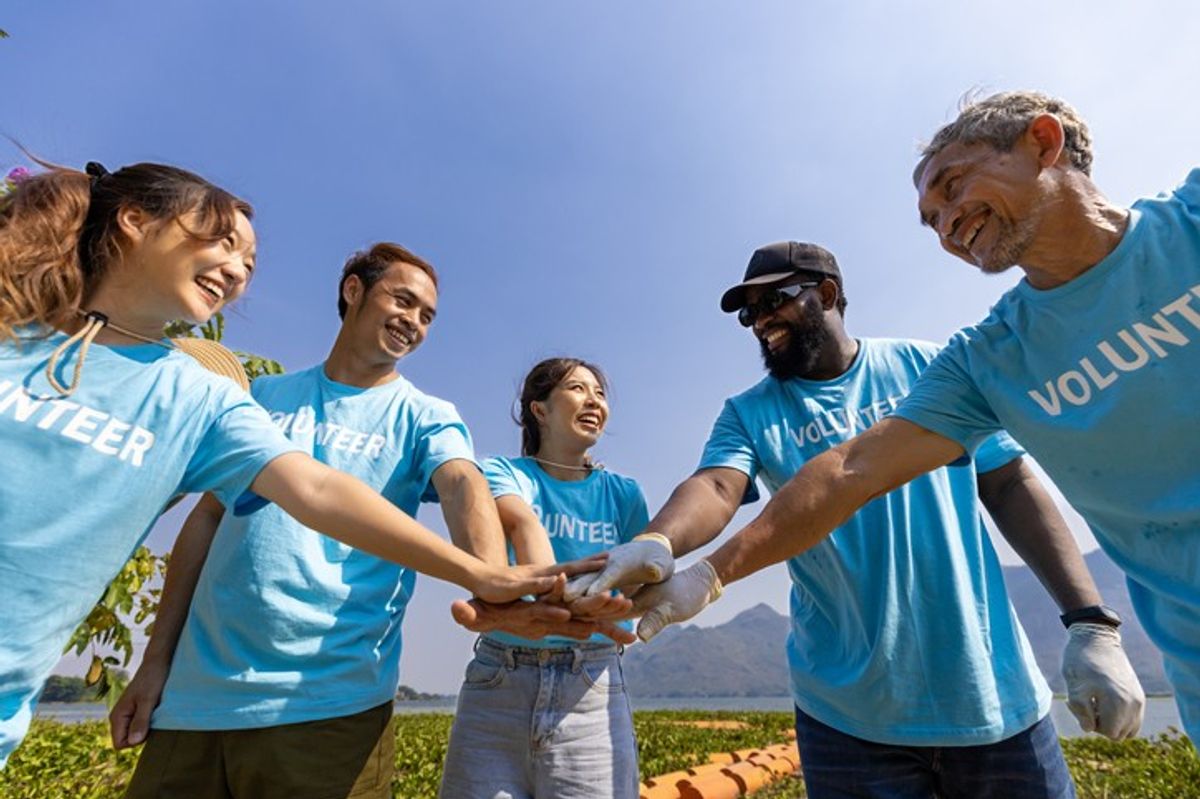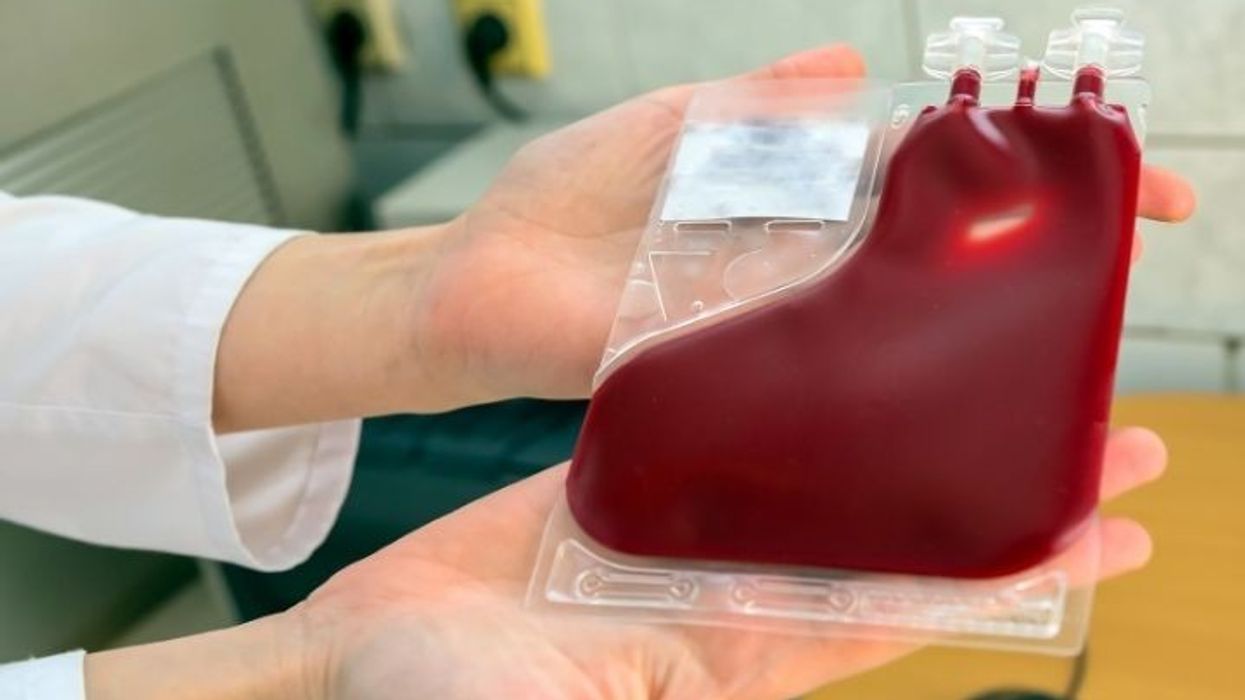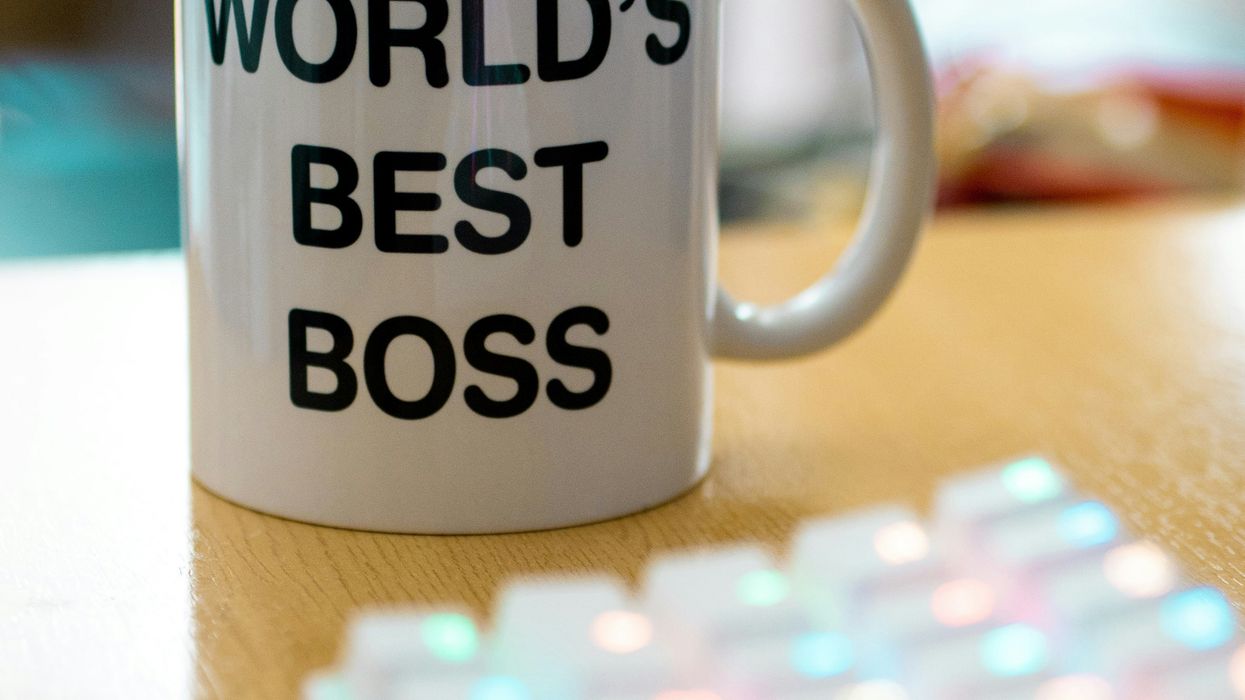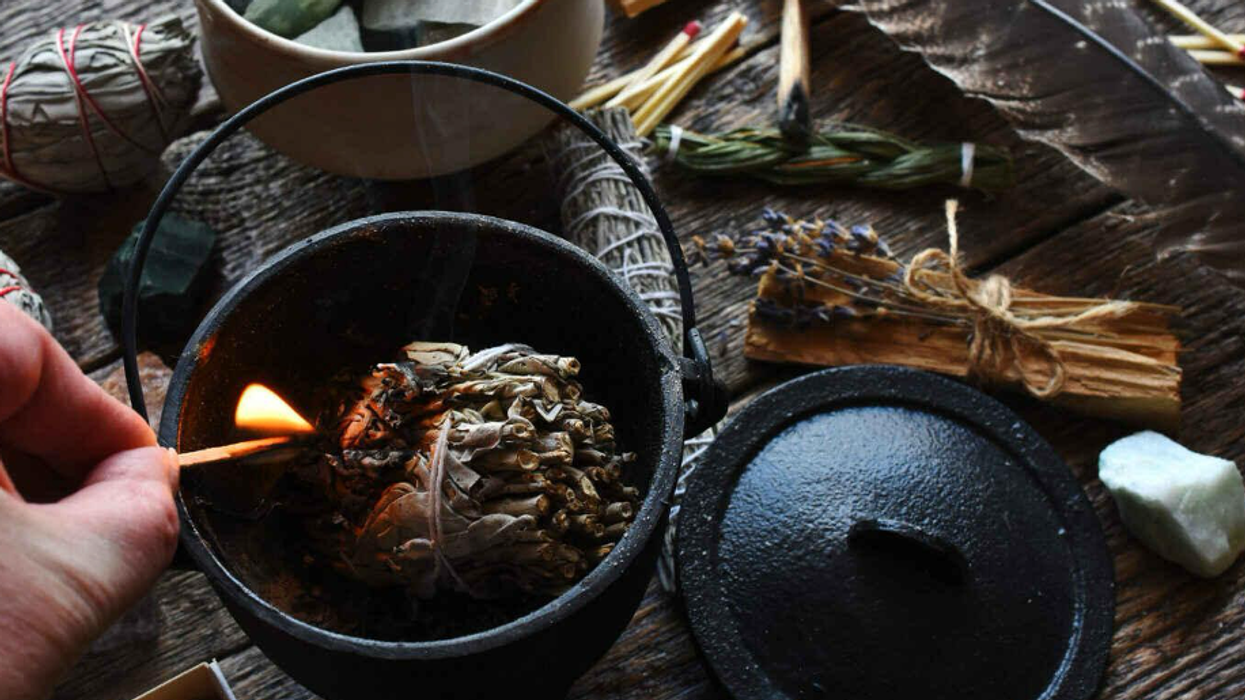Despite overwhelming scientific evidence to the contrary, the myth that vaccines cause autism remains one of the most damaging health misconceptions of our time. Somehow, no matter how many scientific studies are conducted, no matter how many papers are published, and no matter how much correct information is spread, "vaccines cause autism" is too widely accepted. The origin of this belief is rooted in a discredited study, but its consequences have rippled through society for decades—undermining public trust, sparking outbreaks of preventable diseases, and endangering countless lives.
The Origins of the Vaccine-Autism Myth
The modern iteration of this myth began in 1998 with a study published by Andrew Wakefield in The Lancet, which suggested a link between the measles, mumps, and rubella (MMR) vaccine and autism in children (Wakefield et al., 1998). The study was based on just 12 children, lacked a control group, and relied on anecdotal parental reports. It was later revealed that Wakefield had financial conflicts of interest and had manipulated the data.
In 2010, The Lancet fully retracted the article, and Wakefield lost his medical license (Godlee et al., 2011). Multiple large-scale studies since then have found no link between vaccines and autism. For example, a 2019 study of over 650,000 children in Denmark found no increased autism risk in vaccinated children compared to unvaccinated ones (Hviid et al., 2019).
What the Science Actually Says
Dozens of studies across millions of children have found no causal relationship between vaccines and autism. A meta-analysis covering over 1.2 million children concluded that vaccines do not cause autism or autism spectrum disorders (Taylor et al., 2014).
The U.S. Centers for Disease Control and Prevention (CDC), the World Health Organization (WHO), and the American Academy of Pediatrics all confirm that vaccines are safe, effective, and critical for preventing serious illnesses—and none of them cause autism.
The Cost of Misinformation
While the science is clear, the damage caused by misinformation is real and ongoing. Belief in this myth has contributed to vaccine hesitancy and refusal, leading to dangerous consequences. In 2019, the U.S. saw its highest number of measles cases in 25 years—most of them among unvaccinated children (CDC, 2019). Measles, which was declared eliminated in the U.S. in 2000, made a dramatic comeback due to pockets of low vaccination.
Beyond disease outbreaks, this misinformation sows distrust in public health institutions. It gives rise to conspiracy theories and diverts attention and funding from actual autism research, delaying progress for individuals and families who need answers and support.
Why This Myth Persists
Cognitive biases, emotional appeals, and the rapid spread of disinformation online help fuel the vaccine-autism myth. Parents looking for answers about a child's autism diagnosis may find false comfort in a clear (if incorrect) explanation. Social media platforms and anti-vaccine communities often amplify these narratives, using emotionally charged stories that are far more shareable than dry scientific data.
The Path Forward: Education and Empathy
Combating vaccine misinformation requires more than just facts. It demands empathy, clear communication, and collaboration with trusted voices in the community—especially doctors, nurses, and public health professionals. Addressing parents’ concerns respectfully, sharing real stories of those harmed by vaccine-preventable diseases, and providing transparent, evidence-based information can all make a difference.
The stakes are too high to ignore. Vaccines are one of the greatest achievements in modern medicine. When people are misled into believing they are dangerous, we all suffer the consequences.
References
- Wakefield, A. J., et al. (1998). Ileal-lymphoid-nodular hyperplasia, non-specific colitis, and pervasive developmental disorder in children. The Lancet. [Retracted]
- Godlee, F., Smith, J., & Marcovitch, H. (2011). Wakefield’s article linking MMR vaccine and autism was fraudulent. BMJ, 342, c7452.
- Hviid, A., Hansen, J. V., Frisch, M., & Melbye, M. (2019). Measles, mumps, rubella vaccination and autism: a nationwide cohort study. Annals of Internal Medicine, 170(8), 513–520.
- Taylor, L. E., Swerdfeger, A. L., & Eslick, G. D. (2014). Vaccines are not associated with autism: An evidence-based meta-analysis of case-control and cohort studies. Vaccine, 32(29), 3623–3629.
- CDC. (2019). Measles Cases and Outbreaks. https://www.cdc.gov/measles/cases-outbreaks.html















 Dr. Cary S. Kaufman teaches the "Essentials of Oncoplastic Surgery" course through the National Consortium of Breast Centers, providing breast surgeons around the world with advanced techniques for optimal breast surgery outcomes.
Dr. Cary S. Kaufman teaches the "Essentials of Oncoplastic Surgery" course through the National Consortium of Breast Centers, providing breast surgeons around the world with advanced techniques for optimal breast surgery outcomes.

